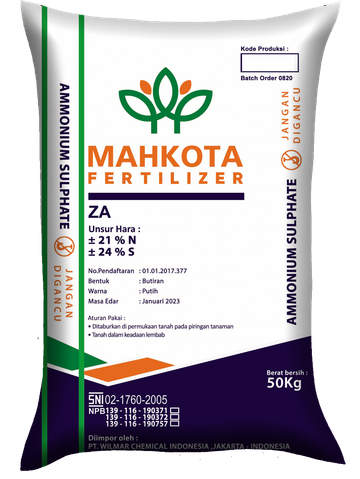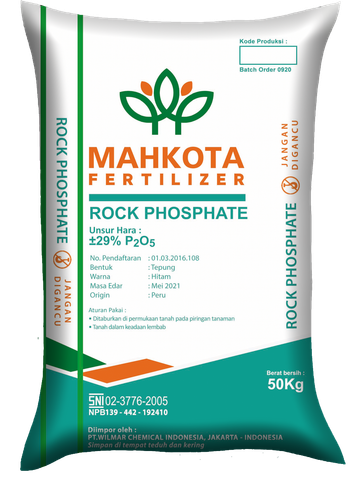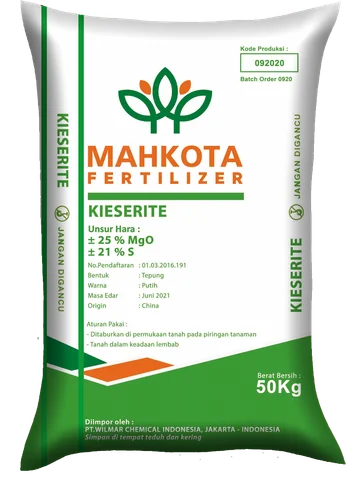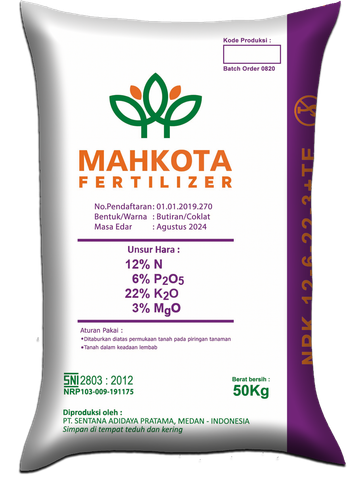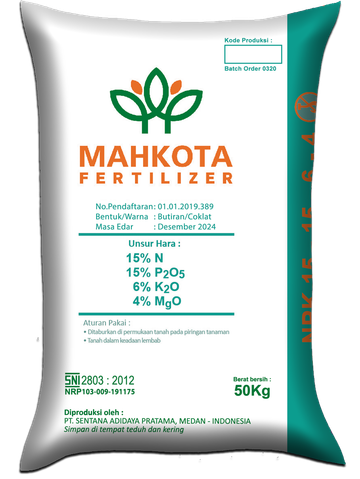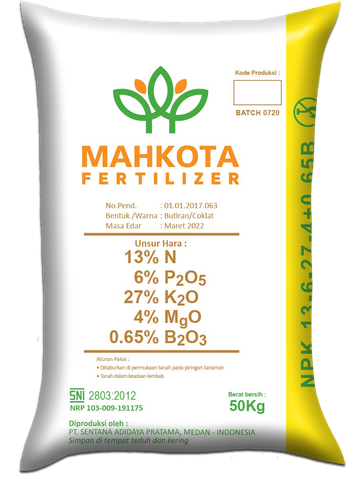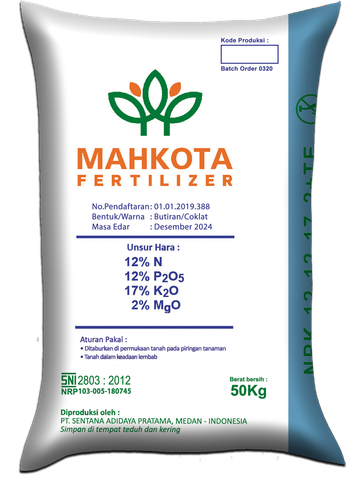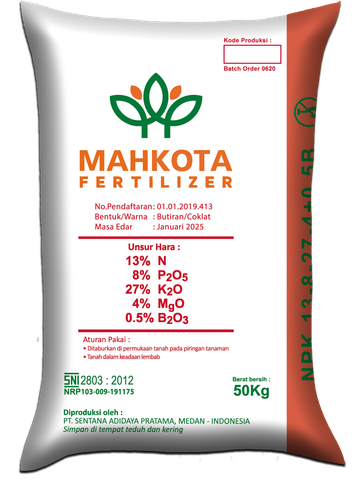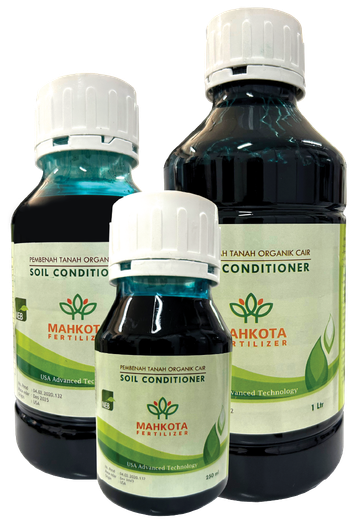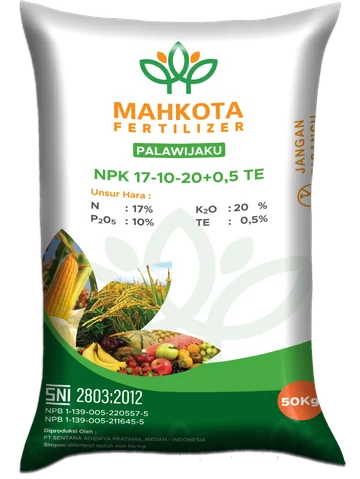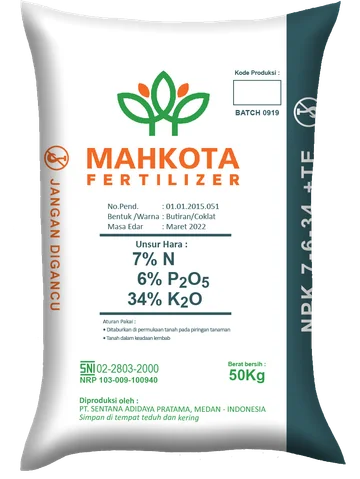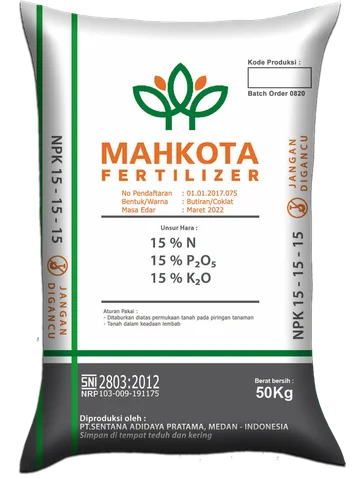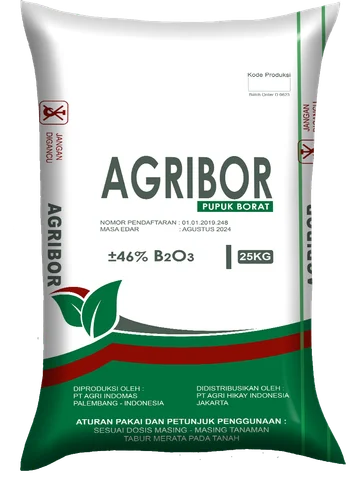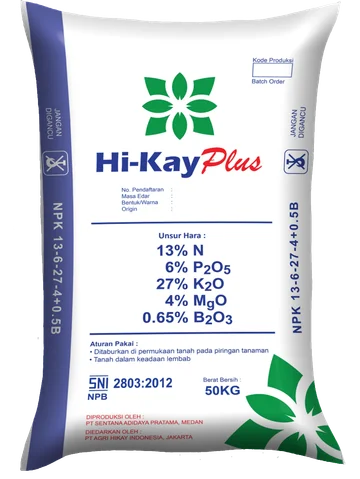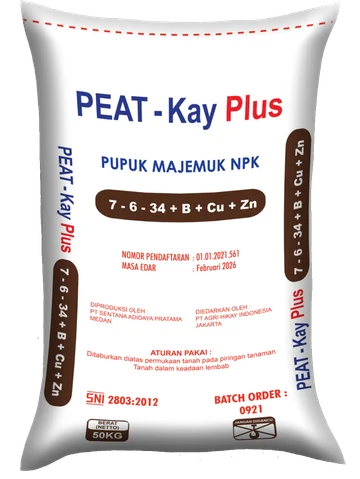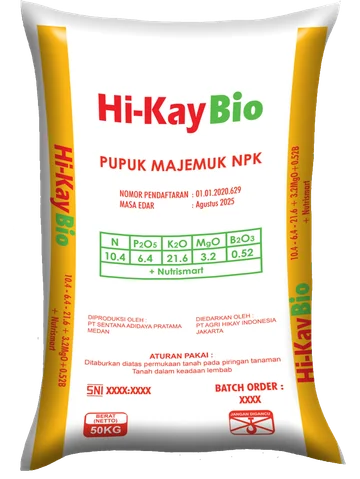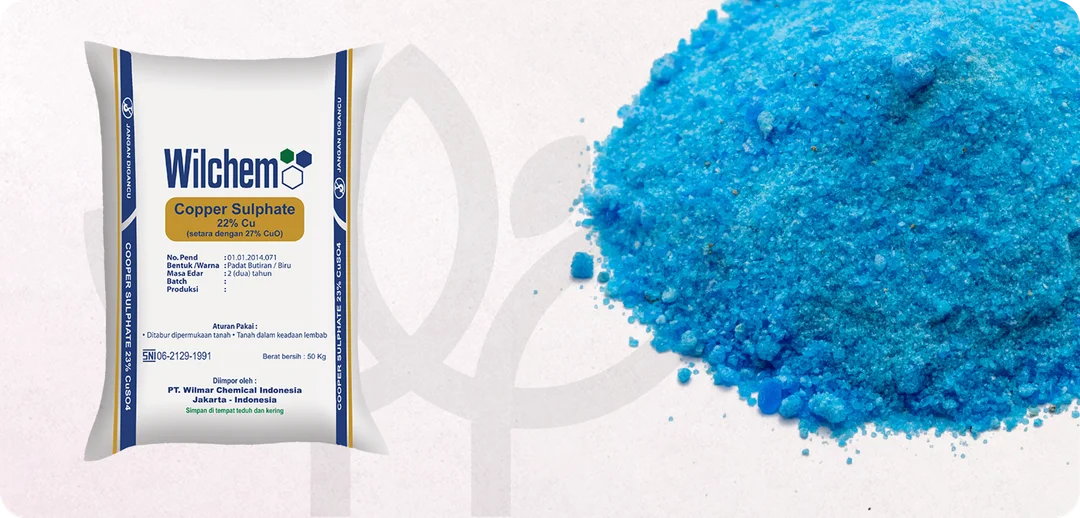
Overview
Copper (Cu) Element: An essential micronutrient required in very small amounts (0.05 - 0.5 ppm at the growing point, and 3-10 ppm in other parts). Copper is necessary for enzymatic processes and chlorophyll formation. Although copper deficiency is rare, it should be avoided to prevent negative impacts on plant growth and quality.
Functions of Copper
- Enzyme Activation: Activates enzymes involved in lignin synthesis and other enzymatic processes.
- Photosynthesis: Required for the photosynthesis process.
- Respiration and Metabolism: Important for plant respiration and assists in carbohydrate and protein metabolism.
- Quality Improvement: Enhances flavor, color in vegetables, and flower color.
Symptoms of Deficiency
Copper is immobile, so deficiency symptoms appear only in young leaves. Common symptoms include:
- Leaf Curling: Leaves become tapered or shriveled.
- Chlorosis: Yellowing of the entire leaf or between leaf veins.
- Small and Twisted Leaves: Young leaves are smaller and tend to curl.
- Growing Point Disruption: New shoots fail to emerge and stems become stunted.
- Flower Color Changes: Flowers appear lighter than usual.
Cautions
- Interaction with Other Fertilizers: Excessive application of KCL, phosphates, or other micronutrients can cause copper deficiency.
- Soil Acidity: High soil pH can reduce copper availability to plants.
Copper Toxicity
Toxicity occurs due to excessive copper absorption by plants. Symptoms of toxicity include:
- Growth Disruption: Stunted growth and chemically burned root hairs.
- Competition with Other Micronutrients: Excess copper competes with the absorption of other micronutrients like iron and molybdenum.
- Symptoms of Other Micronutrient Deficiencies: Initial green growth of shoots may later show symptoms of deficiencies in other micronutrients.
- Branching Limitation: Plants become stunted and do not grow well.
How to Check Copper Levels in Soil
- Soil pH: Check soil pH as copper is more available at low pH levels.
- Check for Fungi: Some fungi use copper, so ensure that leaf or stem surfaces are washed before testing.
Biological Indicators: Legume plants are more sensitive to copper and can be used as indicators.
Copper Supply
- Fertilizer Form: Copper is usually available in soluble and slow-release fertilizer forms.
- Application: Ensure proper dosage and application methods to avoid toxicity. Consult with agricultural extension officers before application.

